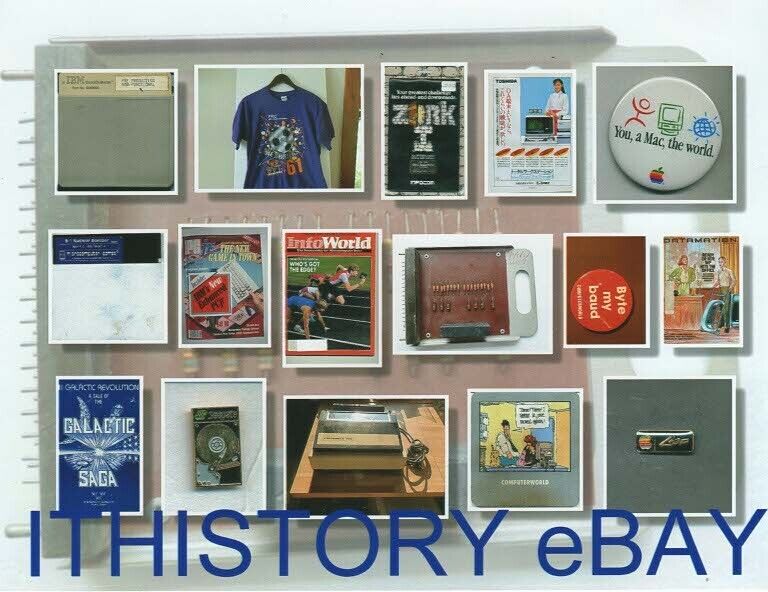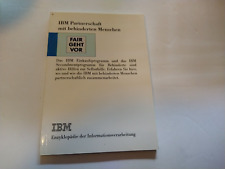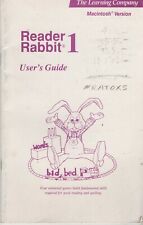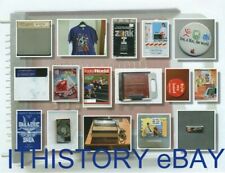 On eBay Now...
On eBay Now...ITHistory (1991) CATALOG: PEACHPIT PRESS (Fall Books - Computers) EZ For Sale

When you click on links to various merchants on this site and make a purchase, this can result in this site earning a commission. Affiliate programs and affiliations include, but are not limited to, the eBay Partner Network.
ITHistory (1991) CATALOG: PEACHPIT PRESS (Fall Books - Computers) EZ:
$8.50
Own a piece of IT history:
VINTAGE (1991) CATALOG: PEACHPIT PRESS (FALL BOOKS - COMPUTERS)
Dimensions: 7 x 9\" (14 Pages)
Suitable for Framing
Item is being sold as-is.
$5 ship to US $10 Ship International. PayPal only.
Check our other items at our store (IThistory)We have listings of vintage & rare computer systems, peripherals, software, manuals, collectibles (posters, buttons, pins, Ads, mugs), magazines, newsletters, market research reports, etc.
The Apple III (often rendered as Apple ///) is a business-oriented personal computer produced and released by Apple Computer that was intended as the successor to the Apple II series, but largely considered a failure in the market. Development work on the Apple III started in late 1978 under the guidance of Dr. Wendell Sander. It had the internal code name of \"Sara\", named after Sander\'s daughter. [2][unreliable source?] The machine was first announced and released on May 19, 1980, but due to serious stability issues that required a design overhaul and a recall of existing machines, it was formally reintroduced the following autumn.[3] Development stopped and the Apple III was discontinued on April 24, 1984, and the III Plus was dropped from the Apple product line in September 1985.[4]
The Apple III could be viewed as an enhanced Apple II – then the newest heir to a line of 8-bit machines dating back to 1976. Officially, however, the Apple III was not part of the Apple II line, but rather a close cousin. In 1981, International Business Machines unveiled the IBM Personal Computer (IBM PC) – a completely new 16-bit design soon available in a wide range of inexpensive clones. The business market moved rapidly towards the PC-DOS/MS-DOS platform, eventually pulling away from the Apple 8-bit computer line.[5] Despite numerous stability issues and recalls, Apple was eventually able to produce a reliable and dependable version of the machine. However, damage to the computer\'s reputation had already been done and it failed to do well commercially as a direct result. In the end, an estimated 65,000–75,000 Apple III computers were sold.[3][4] The Apple III Plus brought this up to ~120,000.[4] Apple co-founder Steve Wozniak stated that the primary reason for the Apple III\'s failure was that the system was designed by Apple\'s marketing department, unlike Apple\'s previous engineering-driven projects.[6] The Apple III\'s failure led to Apple reevaluating their plan to phase out the Apple II and eventually continued on with its development. As a result, later Apple II models incorporated some hardware[citation needed] and software technologies of the Apple III.
.
. On Jan-30-21 at 09:04:37 PST, seller added the following information: Related Items:
ITHistory (1991) IBM Brochure:"Partner Behinderten Menschen Disabled German
$9.50
ITHistory (1991) APPLE Software Manual: READER RABBIT (Mac) The Learning Co
$9.50
ITHistory (1991) IBM PC Software: TextMaker 3.0 DataMaker 1.0 Demos (SoftMaker Q
$9.50








